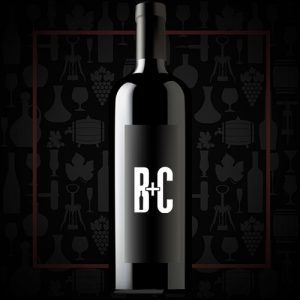Cellar Profile
Antonio Lopes Ribiero and Sara Dionisio left their steady jobs in the art world in Lisbon and moved back to Mouraz, Antonio’s birthplace where his family has had vineyards for many generations. The land had been farmed organically before, and that’s how Sara and Antonio wished to continue. Making wine in their tiny winery, adjacent to the local village church and just a stone’s throw away from the house Antonio was born in, they have deep generational ties to their village, Mouraz, and its terroir. In the cellar, there is a marriage of old and traditional, with modern approaches. Gentle pressings, natural yeast starters, long lees contact in the wine and minimal handling are the time-honored practices. Stainless steel tanks with temperature control and pneumatic presses represent the modern improvements. The results are clear: fresh and pleasurable wines with pure expressions of the older grape vines from which they were sourced and distinct transparency to the terroir they have grown up on.
Region
Perhaps surprisingly, only 5% of the Dão is under vine. Often planted in forest clearings and surrounded by mountains on three sides, the high elevations and relatively low temperatures here create a slower ripening process, resulting in wines of great acidic character. The region takes its name from the river, along which most of the vineyards are planted. The Dão Valley is now considered one of the top regions in Europe, creating spectacular wines most notably from Touriga Nacional and Tinta Roriz.
Vineyard
The vines are over 30 years olds and planted on middle slope vineyards at an altitude of 300-400 meters.
Varieties
A full-bodied, red variety, Touriga Nacional has been primarily used, historically, for blending port. However, it has recently been championed as a deep, structured grape producing some of Portugal’s best dry reds. With low yields and a strong resistance to disease, the tannic, complex wines created from Touriga Nacional helped inspire Bordeaux to allow it in its inclusion of seven new grape varieties to the region. Better known as Tempranillo in Spain, Tinta Roriz has spread rapidly throughout the Dão. Typically blended with Touriga Nacional and other grapes, it creates rich, lively red wines known for their intense berry flavour and notes of spice.
Winemaking
Natural vinification took place in steel tanks, with a long maceration. 25% matured in French oak for 8 months.
Tasting Notes
Intense bouquet of dark berries and cassis with floral and vegetal notes. Lively character on the palate with firm tannins and a long finish.

 info@buyersandcellars.ca
www.buyersandcellars.ca
info@buyersandcellars.ca
www.buyersandcellars.ca